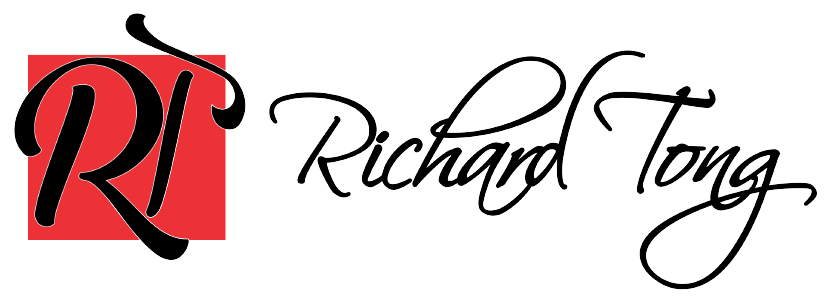Types of Hardwood Flooring for Your Home
Hardwood flooring can transform an average room into a strikingly beautiful room. Dramatic and elegant or rustic and comforting, bare wood flooring lends a spacious feel to any room. Standard hardwood flooring is physically connected independently to the sub-flooring via nails, glue, or wood staples. Each piece reacts to environmental factors—heat and humidity independently and can cause splintering or swelling. Unfortunately, if it’s not installed correctly, it can also crack, break, or even explode due to the lack of reaction space allotted. Proper care, however, can eliminate many of the conditions that lead over time to those extreme conditions.
Floating wood flooring is connected only to the piece or pieces to the side, not to the underlying cushioned surface. When floating hardwood flooring expands or shrinks from natural reaction to its environment, the connected flooring shifts as one piece from side to side, giving the flooring type its biggest advantage.
Growing in popularity, many floating surfaces can be installed by both professionals and by homeowners using any of the choices available:
* Glue Together: The original floating wood flooring, stripes or drops of glue were placed either along the inserted tongue or in the receiving groove and pressed together and tapped into place.
* Click Together: Still using the tongue and groove method, the planks simply click together with the next piece like a puzzle but do not use glue, nails, or staples. Thicker click planks often require additional effort to ensure a proper fit. Careless pressure can damage the tongue or groove.
* Lock and Fold: Instead of inserting a tongue into a narrow groove to secure pieces together, lock and fold wood flooring overlap and fold together. Still providing a snug fit to the neighboring piece, lock and fold is extremely easy to install.
* Narrow Boards: present a more formal appearance, especially when the boards are longer in length.
* Wide Boards: present a casual, relaxed appearance. Usually at least four inches wide, the planks can be of varied or uniform length. A rustic appearance is presented with coordinated but differing lengths and with a knot pattern in the wood.
* Parquet Boards: Most often in squares, a parquet appearance is gained by contracting grain patterns from block to block or board to board. The contrast can be horizontal to vertical or on opposing diagonals. Depending on the type of wood and its darkness, parquet presents an eye-catching, dramatic touch to any room.
High humidity, dry heat, and traffic wear can affect the type you may choose, but with proper care, it can add elegance, beauty, and satisfaction for decades.
